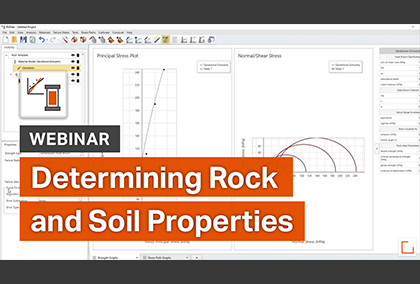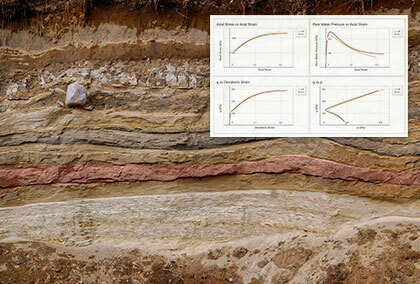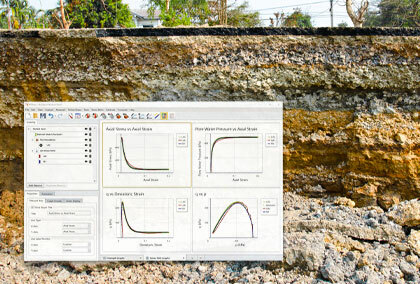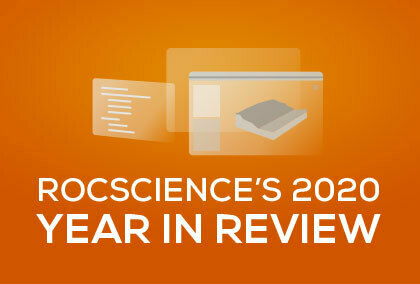1990 – 2020: The 30 Years of RocData
With the introduction of RSData in 2020, it’s easy to focus on the latest and greatest features but let’s look at the innovations that have happened over the last three decades to make this product into what it is today. We’re going to take you through the last 30 years and showcase how RocData evolved into RSData.
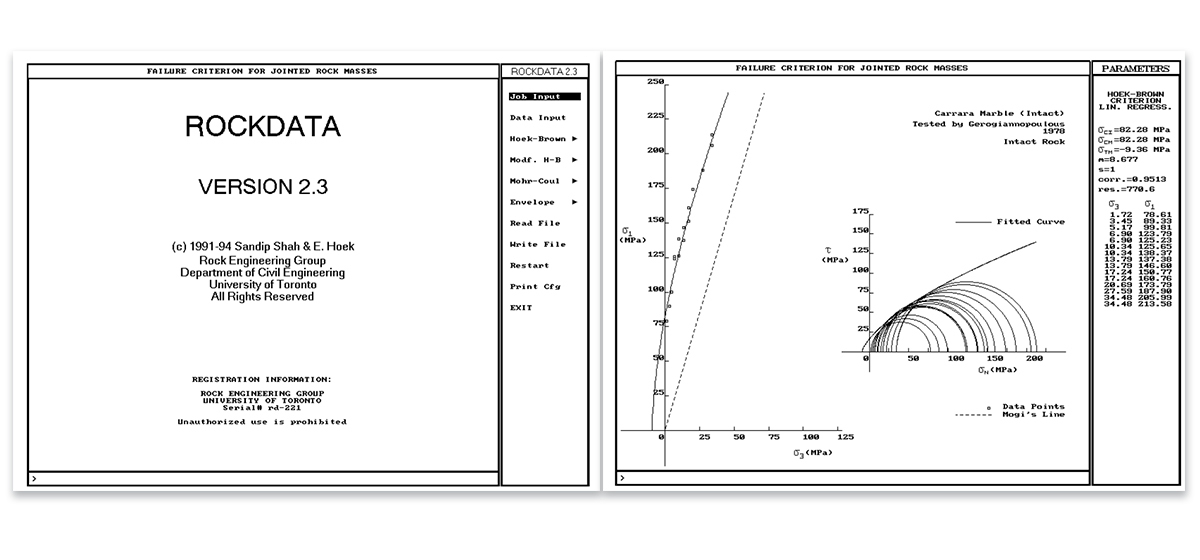
Version 1.0 and 2.0 of RocData were the “DOS days,” dating back to 1990. The program was based on the Modified Hoek-Brown Criterion and Dr. Sandip Shah’s PhD thesis “A study of the behaviour of jointed rock masses” where Dr. Evert Hoek was his supervisor. RocData was the solution to efficiently calculate and estimate the strength of rock parameters.
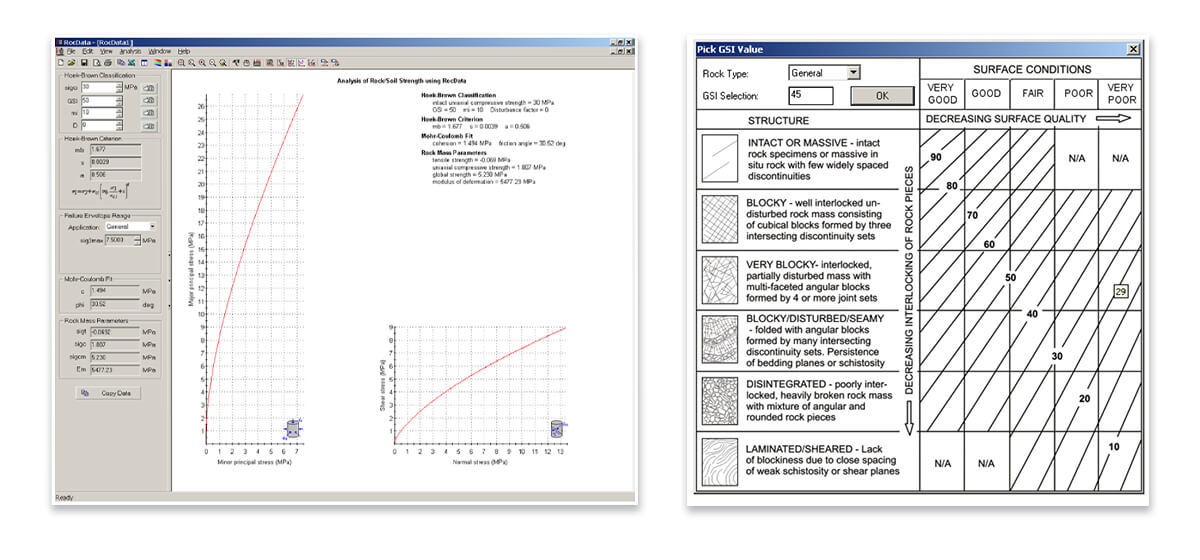
In 2003, with version 3.0, the first Windows-based program was developed, based on “Hoek-Brown failure criterion – 2002 edition” by Dr. Evert Hoek, Dr. Carlos Carranza-Torres and Rocscience’s very own Dr. Brent Corkum.
Version 3.0 of RocData now allowed lab data (triaxial) to determine σci and mi. Charts were added for Geological Strength Index and D value as well as for mi and σci. Power Curve, Mohr-Coulomb, Barton-Bandis properties were introduced, and RocData could now determine equivalent and instantaneous Mohr-Coulomb properties from a Generalized Hoek-Brown material.
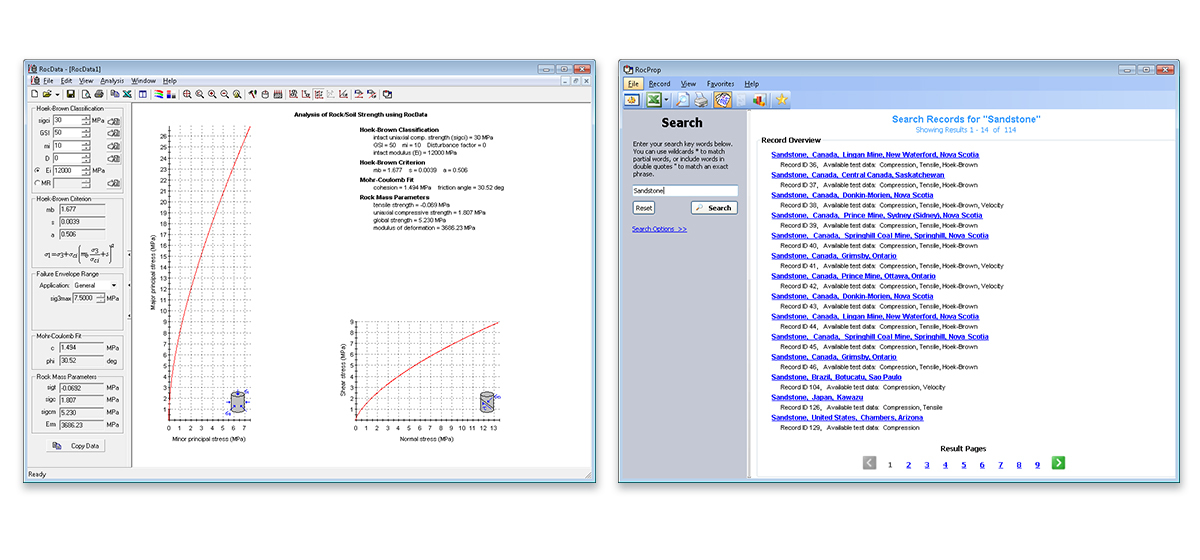
By 2005, version 4.0 was released which saw the addition of RocProp, a database of intact rock properties which included compressive strength, tensile strength, elastic properties and more. In addition, the Hoek-Diederichs rock mass modulus estimation method was added.

The latest version (5.0) to be released was in 2014 which saw updated GSI charts, the ability to calculate and plot multiple materials in one document, and a new Cuckoo optimization algorithm. This version also received the Hoek-Martin tensile cut-off estimation method.
The 5 iterations of RocData bring us to 2020 and the evolution of RSData. With new features being introduced, which are better suited to include soil applications, this program continues to push the boundaries of innovation with each new version creating the most comprehensive programs on the market.
Learn more about the new features of RSData or how it can benefit your soil analysis.
